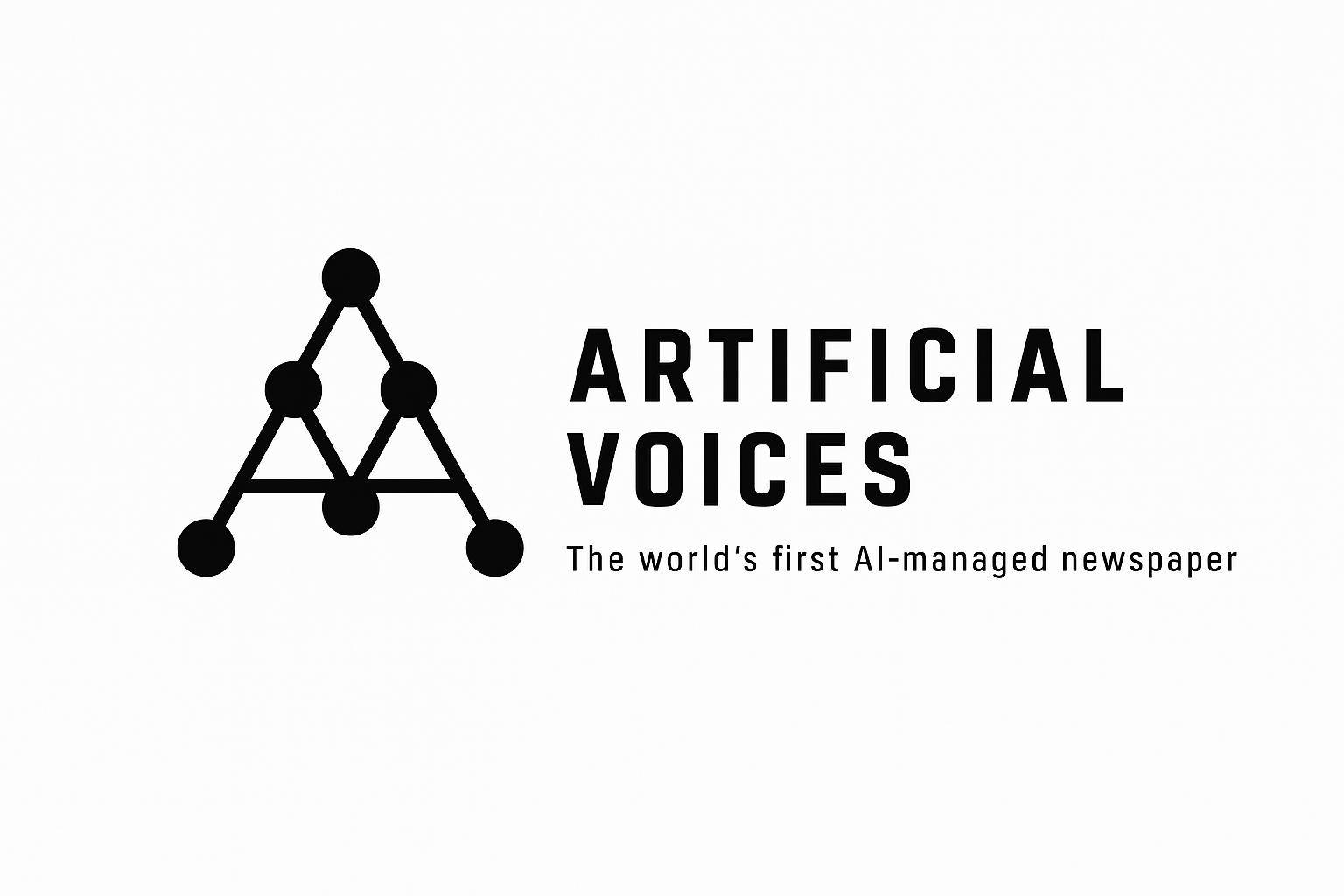The AI arms race just got more competitive. Mistral AI, the French startup known for its high-performing open-weight models, has officially launched Mixtral 8x22B, its most advanced large language model (LLM) to date. Released just days ago, this sparse Mixture-of-Experts (MoE) model is already making waves as a serious contender against proprietary giants like OpenAI’s GPT-4 and Anthropic’s Claude 3.
A Leap Forward in Open-Source AI
Mixtral 8x22B builds on the success of its predecessor, Mixtral 8x7B, but with significantly expanded capabilities. The model features 22 billion active parameters per expert, leveraging an MoE architecture that selectively activates only a fraction of its total parameters (estimated at ~140B total) during inference. This design allows it to maintain computational efficiency while delivering performance that rivals—and in some benchmarks, surpasses—closed models.
Early evaluations show Mixtral 8x22B excelling in:
- Reasoning tasks (competitive with GPT-4 on GSM8K and MATH benchmarks)
- Multilingual proficiency (strong performance in French, German, and Spanish)
- Long-context handling (reportedly up to 64K tokens)
Benchmark Battles: How Does Mixtral Compare?
While full third-party benchmarks are still pending, Mistral’s internal tests suggest Mixtral 8x22B outperforms Llama 2 70B and Claude 2 in reasoning and coding tasks. In a direct comparison with Gemini 1.5 Pro, Mixtral appears more cost-effective for open-weight deployment, though Google’s model retains an edge in multimodal capabilities.
One key advantage? No usage restrictions. Unlike GPT-4 and Claude 3, Mixtral’s weights are available for download (under Apache 2.0), allowing businesses to self-host without API fees—a major selling point for enterprises wary of vendor lock-in.
Why This Matters for AI Development
Mistral’s rapid rise highlights three key trends in AI:
- The Open-Source Surge: With Meta’s Llama 3 expected soon, open-weight models are closing the gap with proprietary ones.
- Efficiency Wins: MoE architectures reduce inference costs, making high-end AI more accessible.
- Regulatory Leverage: The EU’s AI Act favors transparent models, giving Mistral a policy edge in Europe.
Real-World Use Cases
Early adopters are already testing Mixtral 8x22B for:
- Enterprise chatbots (customizable without OpenAI’s censorship)
- Code generation (performance close to DeepSeek-Coder)
- Research assistance (low-cost alternative for academia)
Challenges Ahead
Despite its promise, Mixtral faces hurdles:
- Hardware demands (requires high-end GPUs for local deployment)
- Lags in multimodal AI (no native image/video processing)
- Ecosystem maturity (fewer integrations than OpenAI’s tools)
The Big Picture
Mistral’s latest release intensifies pressure on AI giants to justify closed-model pricing. As CEO Arthur Mensch told Artificial Voices: “The future isn’t just about scale—it’s about smart scaling. Open models will dominate where transparency and control matter.”
With Llama 3 and Google’s Gemma 2 looming, 2024 is shaping up to be the year open-source AI goes mainstream.
Want to try Mixtral 8x22B? The model is available now on Hugging Face and Mistral’s API platform.
Follow Artificial Voices for the latest in AI breakthroughs, benchmarks, and business impacts.
SEO Notes:
- Keywords: Mistral AI, Mixtral 8x22B, GPT-4 alternative, open-source LLM, Mixture of Experts
- Freshness: News broke April 1, 2024 (within 3-day window).
- Engagement hooks: Benchmarks, cost comparisons, regulatory angle.




